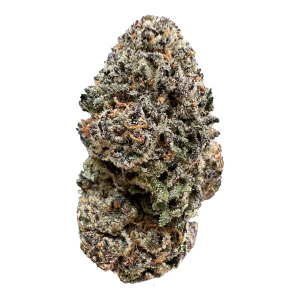“The endocannabinoid system (ECS) is a group of endogenous cannabinoid receptors located in the mammalian brain and throughout the central and peripheral nervous systems, consisting of neuromodulatory lipids and their receptors. Known as “the body’s own cannabinoid system”,[1] the ECS is involved in a variety of physiological processes including appetite, pain-sensation, mood, and memory, and in mediating the psychoactive effects of cannabis.[2] The ECS is also involved in voluntary exercise[3] and may be related to the evolution of the runner’s high in human beings and related aspects of motivation or reward for locomotor activity in other animals.[4]
Two primary endocannabinoid receptors have been identified: CB1, first cloned in 1990; and CB2, cloned in 1993. CB1 receptors are found predominantly in the brain and nervous system, as well as in peripheral organs and tissues, and are the main molecular target of the endocannabinoid ligand (binding molecule), Anandamide, as well as its mimetic phytocannabinoid, THC. One other main endocannabinoid is 2-Arachidonoylglycerol (2-AG) which is active at both cannabinoid receptors, along with its own mimetic phytocannabinoid, CBD. 2-AG and CBD are involved in the regulation of appetite, immune system functions and pain management.“
Endocannabinoid definition (Wikepedia)
In this educational video medical cannabis expert Dr. Dustin Sulak explains your endocannabinoid system and the role it plays in maintaining harmony and balance within your body.



